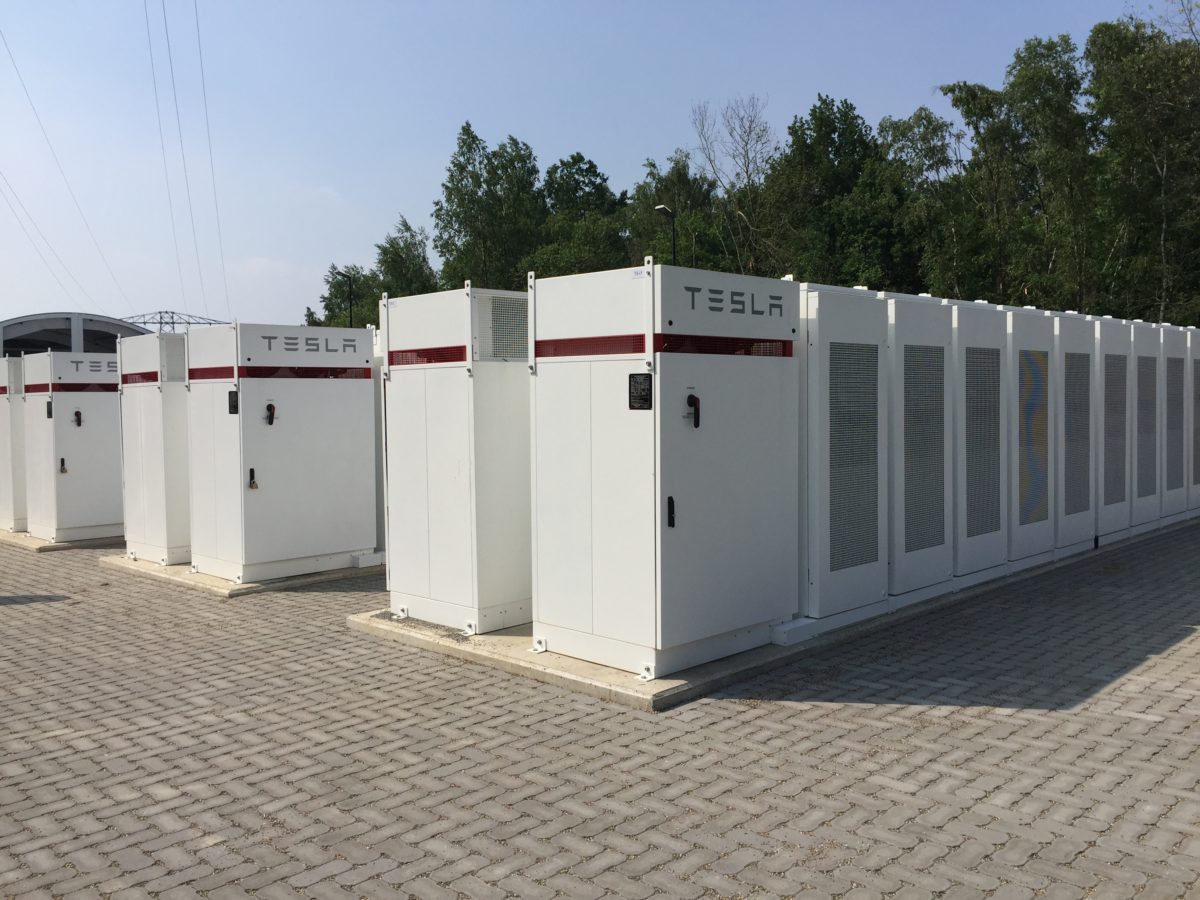The potential safety concerns surrounding lithium-ion batteries have burst into the public eye of late with the recent fire at the Victorian Big Battery (VBB). However, researchers at Monash University School of Chemistry and Australian company Calix have been working on alternative ways to avoid such fire hazards and toxicity issues.
As the VBB fire illustrated, fire hazards in lithium-ion batteries, although relatively rare, are a pressing issue. After all, utility-scale energy storage is set to grow across large sections of the grid, and a few tons of concrete isn’t always around to douse such resilient fires.
Monash University Professor Doug MacFarlane and Dr. Mega Kar have been working with Calix on electrolyte development in the higher power batteries used for energy storage solutions and electric vehicles (EVs). In “Lithium borate ester salts for electrolyte application in next-generation high voltage lithium batteries,” which was recently published in Advanced Energy Materials, the chemists describe a novel lithium salt that could replace the more hazardous hexafluorophosphate salt.
“The lithium salt currently being used in lithium-ion batteries is lithium hexaflurosophosphate, which poses a fire and safety hazard as well as toxicity,” said MacFarlane. “In smaller portable devices, this risk can be partially mitigated. However, in a large battery pack, such as electric vehicles and outdoor grid scale energy storage systems, the potential hazard is much intensified. Higher voltage and power batteries are also on the drawing board, but cannot use the hexafluorophosphate salt.”
The study’s lead author, the Monash University School of Chemistry’s Dr Binayak Roy, said that the “aim has been to develop safe fluoroborate salts, which are not affected even if we expose them to air. The main challenge with the new fluoroborate salts was to synthesise it with battery-grade purity, which we have been able to do by a recrystallization process.”
The researchers put the novel salts into a lithium-ion battery with lithium manganese oxide cathodes and were able to cycle the cell for more than 1,000 cycles, “even after atmospheric exposure … an unimaginable feat compared to the hyper-sensitive hexafluorophosphate salt,” Roy said.
Roy said that the new electrolyte, when combined with a novel cathode material, far outperformed the conventional salt. It was also found to be very stable on aluminum current collectors at higher voltages, as will be necessary for next-gen batteries.
Researchers collaborated with Calix on the study, as the company produces manganese-based battery materials from Australian sourced minerals. Calix hopes the research will help it in achieving its goal of large-scale fabrication of Australian-based lithium-ion batteries.
“Calix is developing a platform technology to produce high-performance, cost-competitive battery materials in Australia,” said Calix General Manager for R&D Matt Boot-Handford. “The superior electrochemical performance and stability demonstrated by the Monash team’s new electrolyte system paired with Calix’s lithium manganese oxide electrode material is an exciting and important milestone that brings us one step closer to making batteries featuring Calix next-generation electrode materials a commercial reality.”
Monash’s Kar noted that the aims is to eventually turn these new anions into thermally stable, non-flammable liquid salts, to make them beneficial for batteries operating at high temperatures.
“With the current climate conditions, designing such battery technologies with safety and stability will be important in implementing a sustainable grid-scale energy solution in Australia,” said Kar.
This content is protected by copyright and may not be reused. If you want to cooperate with us and would like to reuse some of our content, please contact: editors@pv-magazine.com.




By submitting this form you agree to pv magazine using your data for the purposes of publishing your comment.
Your personal data will only be disclosed or otherwise transmitted to third parties for the purposes of spam filtering or if this is necessary for technical maintenance of the website. Any other transfer to third parties will not take place unless this is justified on the basis of applicable data protection regulations or if pv magazine is legally obliged to do so.
You may revoke this consent at any time with effect for the future, in which case your personal data will be deleted immediately. Otherwise, your data will be deleted if pv magazine has processed your request or the purpose of data storage is fulfilled.
Further information on data privacy can be found in our Data Protection Policy.